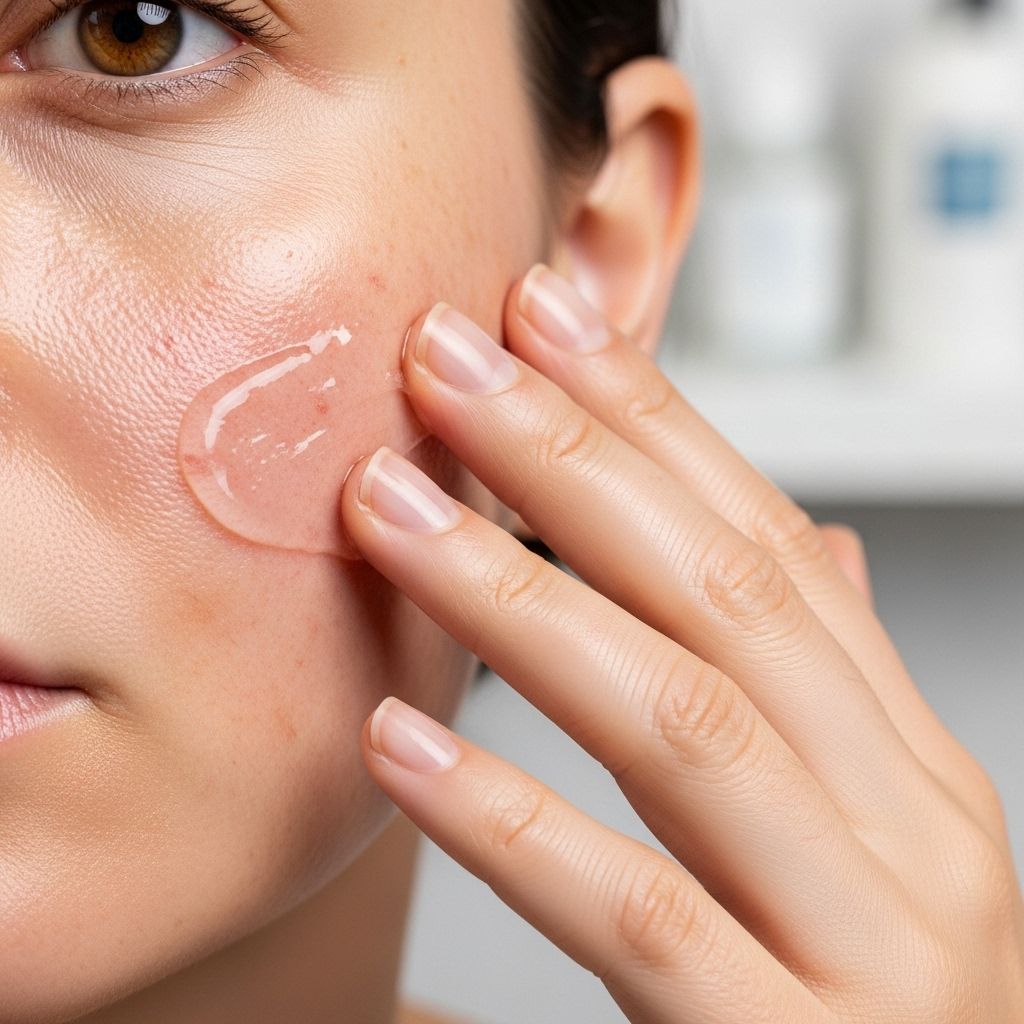Tackling Post-Inflammatory Hyperpigmentation with Weekly Peels
Regular acid peels diminish dark spots and refine skin’s tone for a balanced complexion.

Introduction to Post-Inflammatory Hyperpigmentation
Post-inflammatory hyperpigmentation (PIH) is a common condition where dark spots appear on the skin following inflammation, such as after acne or injuries. It can be challenging to treat, but various skincare treatments have shown promise, including chemical peels. This article explores the use of weekly peels, particularly glycolic acid peels, for managing PIH effectively.
Understanding Chemical Peels for PIH
Chemical peels involve applying a solution to remove the top layers of the skin, promoting cell turnover and revealing brighter, smoother skin. For PIH, peels can be an effective treatment, especially when combined with other skincare routines.
Types of Chemical Peels for Hyperpigmentation
Several types of chemical peels are used for hyperpigmentation, each with its own advantages:
- Glycolic Acid Peels: These are alpha-hydroxy acids (AHAs) known for their effectiveness in exfoliating the skin and improving hyperpigmentation. They are often used for mild to moderate cases of PIH. Glycolic acid peels are gentle yet effective, making them suitable for regular use, such as in weekly treatments.
- Salicylic Acid Peels: A beta-hydroxy acid (BHA), salicylic acid is beneficial for removing excess oil and impurities, which can contribute to hyperpigmentation and acne.
- Trichloroacetic Acid (TCA) Peels: These peels are more intense and often used for deeper skin issues, including more severe cases of hyperpigmentation.
Benefits of Weekly Peels for PIH
Weekly peels can offer several benefits for treating PIH:
- Consistent Progress: Regular treatments can lead to consistent improvements in skin tone and texture.
- Enhanced Cell Turnover: By promoting regular cell turnover, weekly peels can help lighten dark spots more effectively.
- Customization: Adjusting the strength or type of peel based on skin response can optimize results.
Priming and Post-Peel Care
Preparation and aftercare are crucial for maximizing the benefits of chemical peels:
- Priming: Using products like hydroquinone, tretinoin, or glycolic acid before peels can enhance skin receptivity and reduce irritation.
- Post-Peel Care: Sunscreen use is essential to prevent further hyperpigmentation. Avoiding harsh products and exfoliants is also important during the healing process.
Combination Treatments for Enhanced Results
Combining chemical peels with other treatments can enhance their effectiveness:
- Topical Treatments: Hydroquinone, vitamin C, and retinoids can be used in conjunction with peels to improve results.
- Laser and Light Therapy: Procedures like PICO lasers can be used alongside peels to target deeper pigmentation.
Frequently Asked Questions (FAQs)
Q: Are weekly peels safe for all skin types?
A: While glycolic acid peels are generally safe, it’s important to consult a professional to determine the best frequency and strength for your skin type.
Q: How long does it take to see results from weekly peels?
A: Results can vary, but consistent improvement is often seen within a few months of regular treatment.
Q: What are the potential side effects of chemical peels?
A: Common side effects include temporary redness, irritation, and dryness. Rarely, more serious complications can occur, so professional guidance is advised.
Conclusion
Weekly chemical peels, particularly those using glycolic acid, can be an effective strategy for managing post-inflammatory hyperpigmentation. By understanding the benefits and potential side effects, and by combining peels with other skincare treatments, individuals can achieve significant improvements in their skin tone and texture.
References
- https://pmc.ncbi.nlm.nih.gov/articles/PMC3875240/
- https://pmc.ncbi.nlm.nih.gov/articles/PMC2921758/
- https://slimmingsolutionsspa.com/blog/best-chemical-peel-for-hyperpigmentation/
- https://aestheticsandmedicallasers.com/post-inflammatory-hyperpigmentation-pih-after-laser-chemical-peel-or-rf-microneedling-treatments/
- https://www.dinastrachanmd.com/blog/chemical-peels/chemical-peel-for-hyperpigmentation-7-top-ingredients/
- https://my.clevelandclinic.org/health/treatments/11010-chemical-peels
- https://www.mesoestetic.com/blog/post-inflammatory-hyperpigmentation-pih/
- https://www.virginiafacialplasticsurgery.com/blog/how-many-chemical-peels-do-you-need-for-hyperpigmentation
- https://www.skintherapyletter.com/hyperpigmentation/melasma-post-inflammatory-hyperpigmentation-treatment/
Read full bio of Sneha Tete












